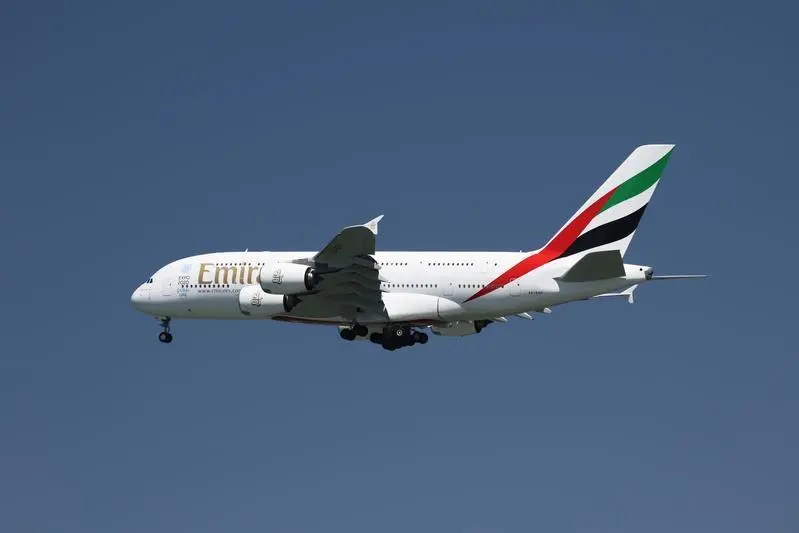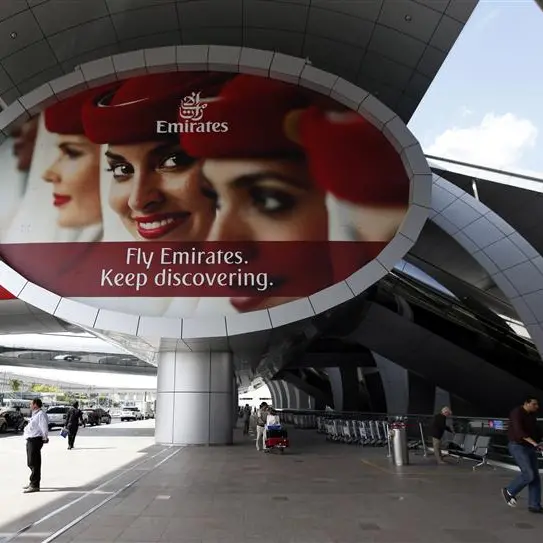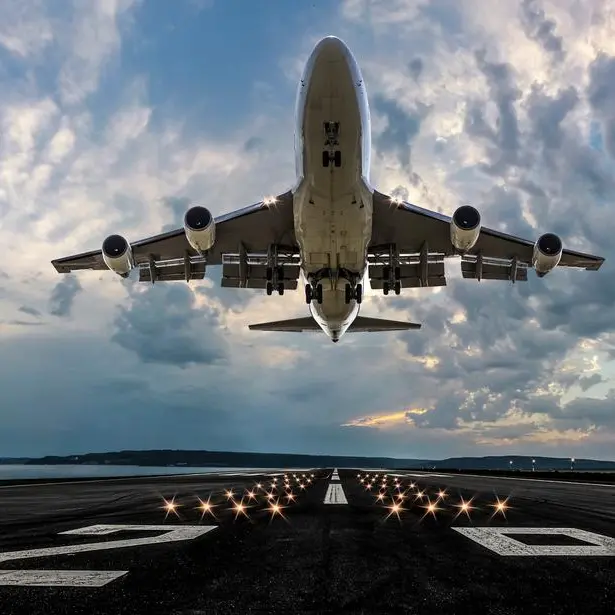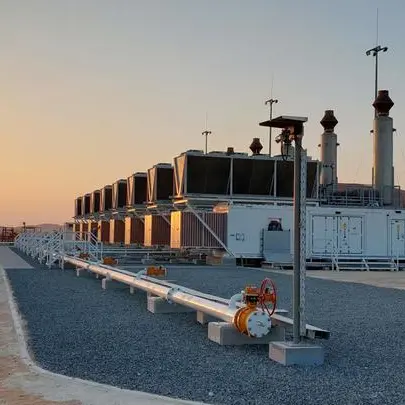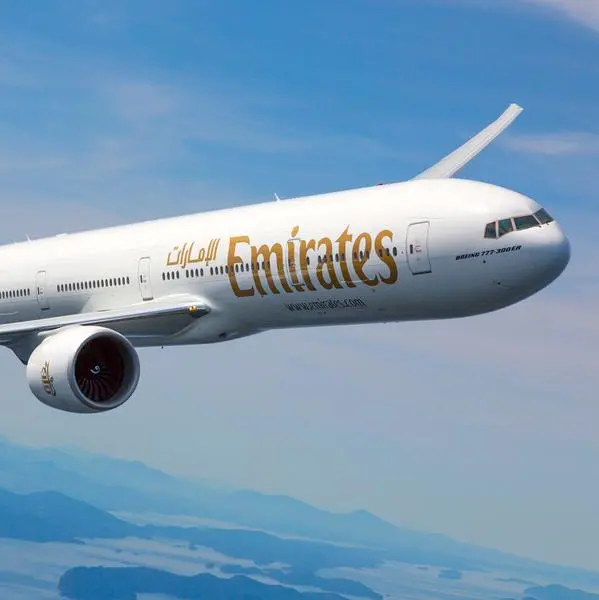PHOTO
Plane from Dubai nearly crashes into another plane while making its descent to land
By Cleofe Maceda, Senior Web Reporter
Dubai: A double-decker plane from Dubai with hundreds of passengers on board nearly collided with another aircraft recently when it was descending to land at an airport in Mauritius.
Emirates' Airbus A380-800 (flight EK-703) was making its descent when an Air Seychelles Airbus A330-200, which was on its way to Mahe Island, was also preparing to climb.
The Mauritius Air Traffic Control had already cleared the Air Seychelles flight for take-off and advised to climb to 37,000 feet around the same time EK-703 was cleared to descend at 38,000 feet.
According to Aviation Herald, the world’s largest passenger plane instead descended to 36,000 feet and headed towards the path of the Air Seychelles flight.
The pilot of Air Seychelles had to make a sharp turn to dodge a possible collision over the Indian Ocean.
Air Seychelles has commended its two pilots for averting a major disaster.
“We commend our Captain Roberto Vallicelli and Seychellois First Officer Ronny Morel who were operating the HM054 flight from Mauritius to Seychelles on the evening of Friday 14 July 2017,” the carrier said in a statement.
Meanwhile, the UAE airline's spokesperson told Gulf News in a statement: “Emirates has received reports of an event on 14th July 2017 in relation to aircraft separation involving flight EK-703 in Mauritius airspace.”
“The matter has been reported to the respective air transport authorities and Emirates will extend its full cooperation to any investigation. The safety of our passengers and crew is of utmost importance.”
The Aviation Herald report suggested that the incident last July 14, Friday, was a result of a misreading of flight level instruction that was not corrected by air traffic control staff.
Saj Ahmad, chief analyst at StrategicAero Research, was quoted by Arab News as saying that the Emirates crew could not be blamed for the error.
“ATC should have advised the A380 crew again and got them to confirm that clearance was only given to descend to 38,000 feet, not 36,000 feet. By all accounts, it does not appear that the crew of the A380 did anything wrong, but rather, the ATC crew should have double-checked flight levels and they did not.”
“If anything, questions should rightly be being asked about the competencies of ATC staff who did not realize the situation prevailing at the time whereas the flight crews of both airplanes did,” he added
How far apart should planes fly?
Under FAA regulations and according to this aviation website, large passenger aircraft are required to be at least three miles apart horizontally or 1,000 feet vertically.
How do planes avoid mid-air collision?
Aviation technology greatly helps in mid-air collision avoidance in an increasingly crowded skies. For one, the Traffic alert and Collision Avoiding System (TCAS) help pilots identify the location and tracks the progress of another aircraft equipped with beacon transponders.
It is one of the primary system that assists a pilot to avoid colliding with other airplanes in the air. Most modern aircraft are installed with TCAS that alerts the pilots of any traffic that is on a collision course.
Moreover, Air Traffic Controllers (ATCs) around the world are carefully selected, highly trained and rigorously tested and licensed. Their job is to create a protective bubble around the aircraft which increases in size as the aircraft climbs and gets faster.
Pilots are also selected and trained to have a high level of situational awareness and are the most highly regulated professionals in any industry.
© Gulf News 2017
